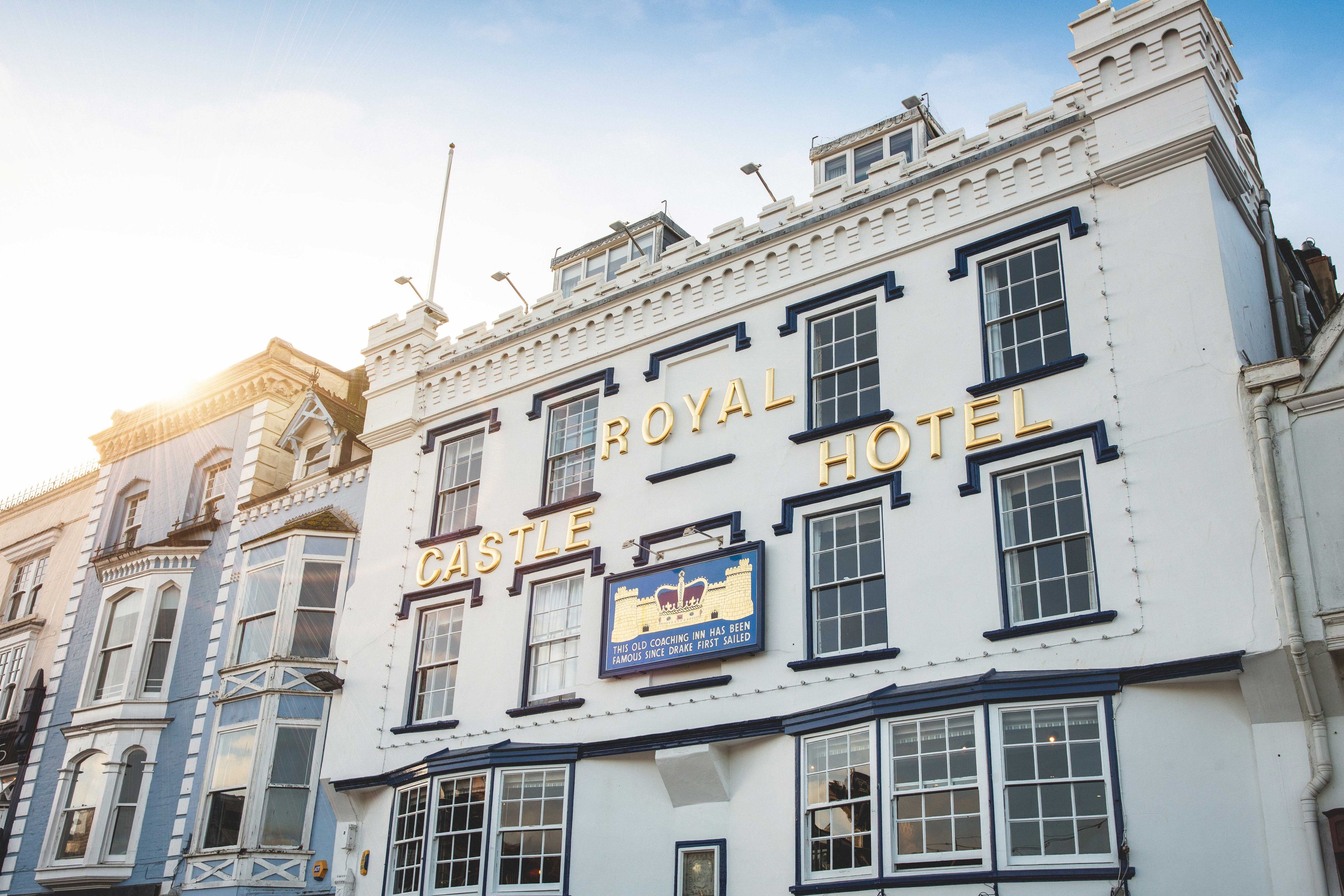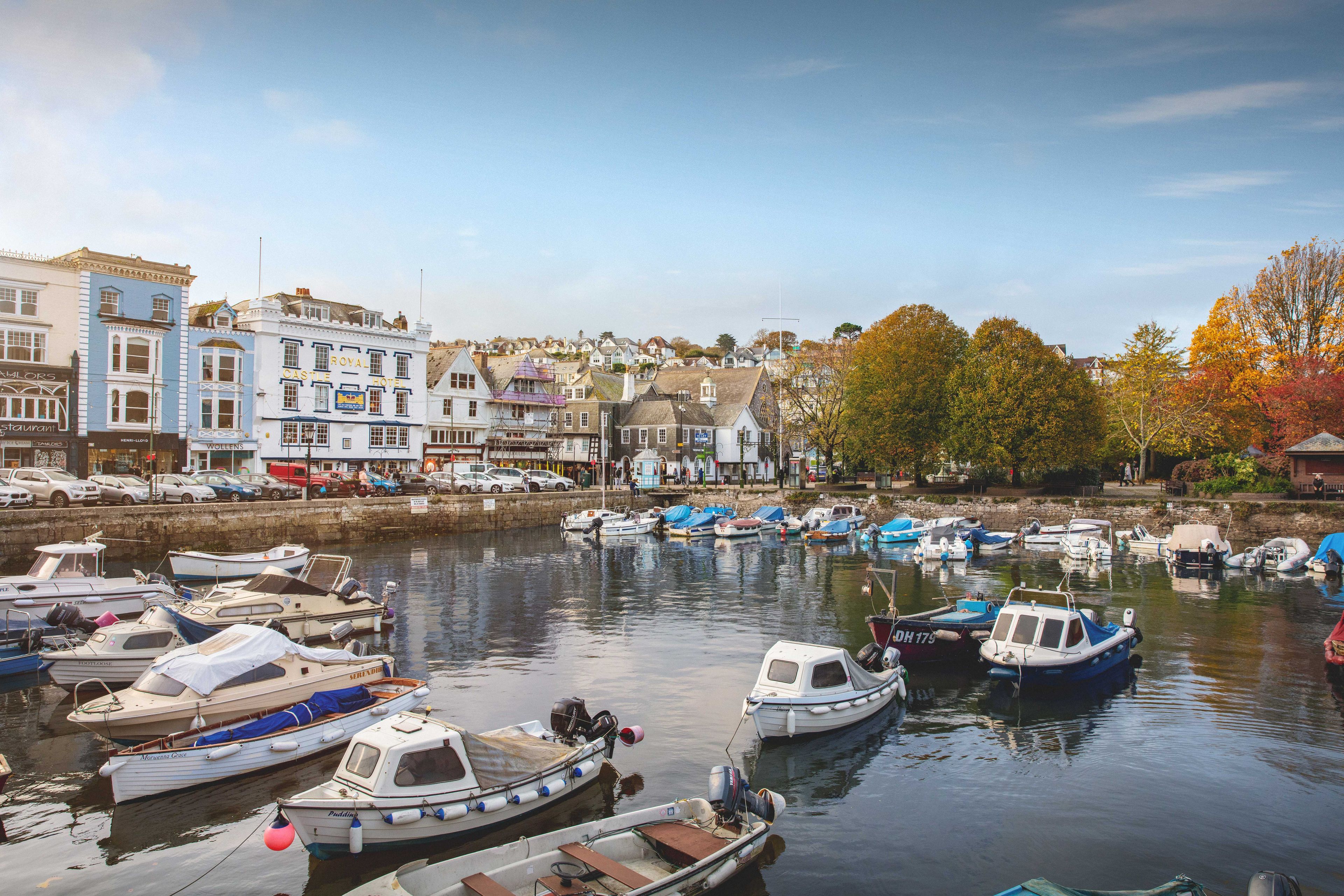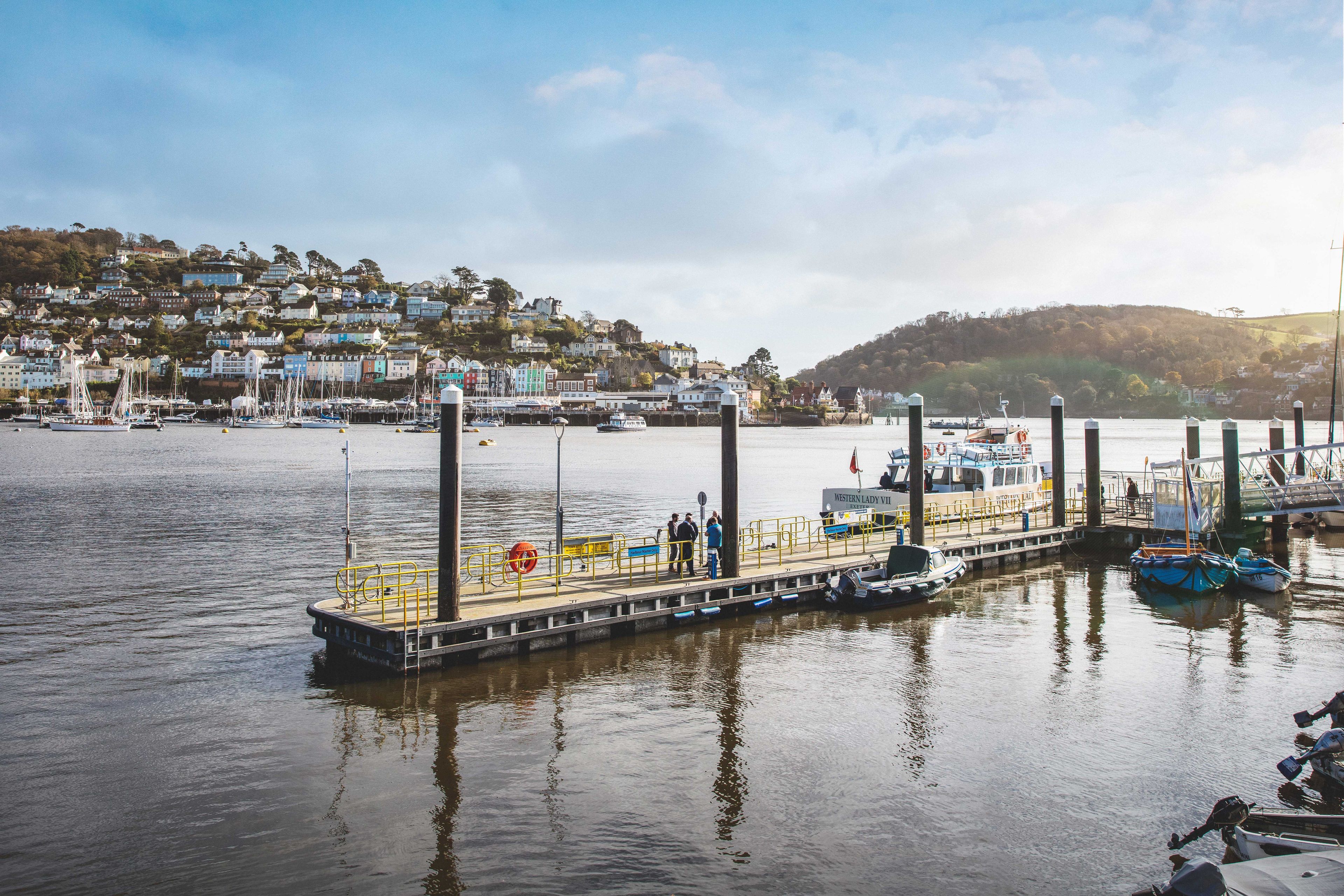History of the Royal Castle revealed during restoration project
Sitting proudly on the harbourfront since the 17th century, one of Dartmouth’s grandest buildings is undergoing its most ambitious renovation in over a century.

The sympathetic renovation project of the Grade II* listed Royal Castle, which will see its rich history brought back to life, began earlier this year. In the process some interesting historical quirks and features have been uncovered and restored with great care.
We brought the Royal Castle into our award-winning 45-strong managed estate in 2019 and are preparing to unveil its renovation this autumn which honours the building’s past whilst elevating it for the 21st century.
As part of the discovery, beautiful 17th century window frames and cobbled stone floors have been found and preserved as part of the pub’s new look. Every era has left a trace on the building, and the fresh design of the pub celebrates them all.
Alongside our experienced property team, a group of designers, engineers and conservation specialists continue to work closely with Historic England and the Local Planning Authority to ensure all works are scrutinised and completed with great care and attention.
When the pub reopens, downstairs, guests will find The Dory Lounge – our take on a cosy, local lounge, where guests can drop in for more informal drinks and light bites.
For those looking for comfy nooks and open fireplaces, The Ketch bar on the ground floor will deliver. The colour palette will reflect its harbours views, bringing a unique vibrancy and charm. Towards the rear, guests will find a more traditional pub atmosphere, with flexible seating options upholstered in worn leather and an area for sports viewing.
Upstairs, The Sloop offers everything from coffees to cocktails, with a classic coastal vibe from breakfast to bedtime, and a private dining room will provide a unique space for special occasions.
The pub’s enhanced bar and dining areas will be served by an improved kitchen to provide an increased and more efficient food offering, with the menu championing local suppliers and featuring a catch of the day landed locally.

24 overhauled bedrooms, spread across three storeys, have been designed with comfort in mind and make the most of their location in terms of layout and style, featuring a timeless design approach.
Inspiration for the materials and interior palette have been taken from the local landscape; soft sandy pinks, deep earthy reds and oceanic green-blues will reflect throughout the building, tying all areas together, but allowing each space to take on its own personality.
Following the launch of our new sustainability plan alongside a brand refresh in June, we’ve been actively championing waste reduction, reuse, and repurposing in our refurbishments – principles embraced in the recent transformation of our other pubs, such as the Pier House in Charlestown and The Wellington in Boscastle.
Andrew Turner, Chief Operating Officer, St Austell Brewery, said: “This project isn’t just about improving our guests’ experience; it’s about securing the future of this historic site, ensuring the Royal Castle continues to play a pivotal role in Dartmouth’s rich heritage.
“Restoring and investing into buildings with such rich history takes time; we’re doing things right to ensure we deliver modernity, comfort and excitement whilst honouring the building’s past.
“Our vision has been to create a pub that feels both luxurious and local. This is more than a refurbishment for the Royal Castle, it’s a revival.”
The Royal Castle’s pub team – who are working at other St Austell Brewery pubs during the renovation – will continue to be led by general manager Matthew Mickinley-Booton, who has managed the team for the past three years.
The history of the building
A date stone above the entrance reminds today’s visitors of the Royal Castle’s near 400-year maritime legacy, beginning in 1639 as a pair of fashionable townhouses built for two local merchants operating in the Atlantic Cod trade.
By 1668 one of the houses was in use as apothecary, offering medical advice to locals and visiting seafarers as well as tobacco and a range of medicines created from herbs, spices and minerals shipped to Dartmouth from around the world.
By 1732 the apothecary had become the New Inn – a bustling quayside tavern serving merchants and sailors alike. A brewhouse was added to the rear and by 1769 the thriving hostelry had expanded into the adjoining house and re-branded as ‘The Castle Inn’ – a homage to the nearby fort watching over the mouth of the River Dart.

CAD Heritage, leading the planning and architectural conservation aspects of the project, suggest the front of the unified building was modified to help it stand out from the identical pairs of merchant houses on either side, with castle-references incorporated to help travellers find the venue.
Following improvements to road access into Dartmouth in the early 1800s, The Castle morphed into a coaching inn. In 1841 it became ‘The Castle Hotel’ after expanding upwards with an additional storey of accommodation, complete with faux battlements, later to be enhanced with elaborate turrets.
The hotel was a fashionable venue within the town, hosting all walks of life including royalty, with the ‘Royal’ tag being applied shortly after the coronation of King Edward VII in 1901, to mark his stay whilst Prince of Wales.